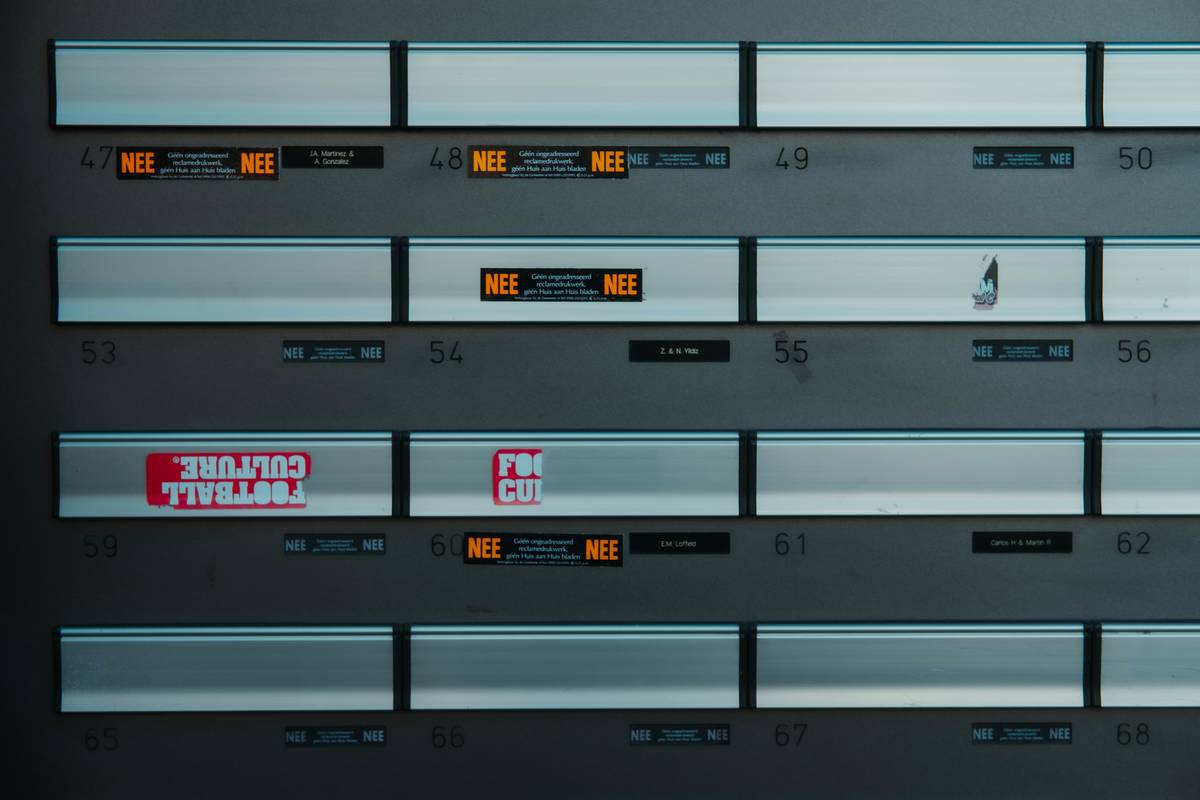Have you ever wondered how long your business can survive without its critical systems? Let’s put it this way—an average downtime of just 1 hour can cost small businesses up to $8,000. Ouch. Recovery Time Objective (RTO) is the unsung hero in fault tolerance that ensures your business stays afloat when disaster strikes. But how do you define and achieve an RTO that works for your unique needs? Buckle up; we’re diving into everything you need to know.
Table of Contents
- Key Takeaways
- Why Fault Tolerance Matters in Today’s Tech World
- Step-by-Step Guide to Setting Your Recovery Time Objective
- Top Tips for Mastering RTO in Cybersecurity
- Real-World Examples of RTO Success Stories
- FAQs About Recovery Time Objectives
Key Takeaways
- RTO is the maximum allowable time your systems can be down before causing significant harm.
- A well-defined recovery time objective minimizes financial loss and protects data integrity.
- Best practices include regular testing, automated backups, and aligning RTO with business goals.
- Ignoring your RTO could leave you vulnerable to cyberattacks and prolonged system failures.
Why Fault Tolerance Matters in Today’s Tech World
I’ll admit it—I once ignored setting an RTO during a routine server migration because “nothing bad ever happens.” Spoiler alert: Something *did* happen. A corrupted database led to 6 hours of unplanned downtime. That’s right—six. Long. Hours. It wasn’t pretty.
Fault tolerance isn’t just tech jargon; it’s the backbone of modern cybersecurity and data management. When paired with a solid recovery time objective, it transforms chaos into controlled recovery. Think of RTO as your parachute—it won’t stop the fall, but it sure as heck will save your life.

Figure 1: Average Cost of Downtime by Industry (Source: Statista, 2023)
From ransomware attacks to human error, technology disruptions are inevitable. And if you aren’t prepared, they can cripple your operations faster than your Wi-Fi drops during a Zoom call.
Step-by-Step Guide to Setting Your Recovery Time Objective
Alright, let’s get practical. How exactly do you set a recovery time objective that fits your organization like a glove? Here’s your roadmap:
Step 1: Assess Critical Systems
Optimist You: “Start by identifying which systems are mission-critical!”
Grumpy You: “Ugh, fine—but only if coffee’s involved.”
Create a list of all your core applications and rank them based on their importance to business continuity. Ask yourself: What would happen if this system went offline for an hour? A day? A week?
Step 2: Define Maximum Acceptable Downtime
This is where things get real. Collaborate with stakeholders to determine how much downtime your business can endure without severe consequences. For example, an e-commerce platform might have an RTO of mere minutes, while internal HR tools may tolerate several hours.
Step 3: Map Out Recovery Procedures
Automated failover mechanisms, redundant servers, and backup strategies should all align with your defined RTO. Test these procedures regularly to ensure they hold up under pressure.

Figure 2: Steps to Achieve Recovery Within Defined RTO
Top Tips for Mastering RTO in Cybersecurity
- Tip #1: Use automation tools to reduce manual intervention during recovery processes.
- Tip #2: Conduct quarterly disaster recovery drills to keep everyone sharp.
- Tip #3: Don’t skimp on cloud services—they often come with built-in fault tolerance features.
- Bad Tip #4: Assume your team knows what to do without clear documentation. (Spoiler: They don’t.)
Real-World Examples of RTO Success Stories
Let me share one story that still makes me cringe—and then sigh with relief. A mid-sized SaaS company faced a catastrophic hardware failure. Thanks to a clearly defined RTO of 2 hours, their IT team activated a secondary data center within 90 minutes. Result? Minimal customer impact and zero lost revenue. Chef’s kiss for preparation!

Figure 3: Impact Reduction Through Effective RTO Implementation
FAQs About Recovery Time Objectives
What Exactly Is a Recovery Time Objective?
An RTO specifies the target duration within which systems must be restored after an outage or failure.
How Does RTO Differ from Recovery Point Objective (RPO)?
RTO focuses on time, while RPO deals with data loss thresholds. Both work hand-in-hand for comprehensive recovery plans.
Can I Set Different RTOs for Various Systems?
Absolutely! Tailor each RTO to match the specific function and priority of the affected system.
Conclusion
Cybersecurity and data management demand resilience, and your recovery time objective is at the heart of achieving it. By assessing critical systems, defining realistic timelines, and implementing robust recovery procedures, you can fortify your business against even the harshest disruptions.
So, ask yourself again: Are you ready for the next tech meltdown? With a proper RTO strategy, you absolutely are.
“Ping… ping… reconnect successful.” Sounds like someone just saved their startup’s reputation.
P.S. Like Tetris blocks falling perfectly into place, mastering RTO feels so satisfying. Stay sharp out there!


